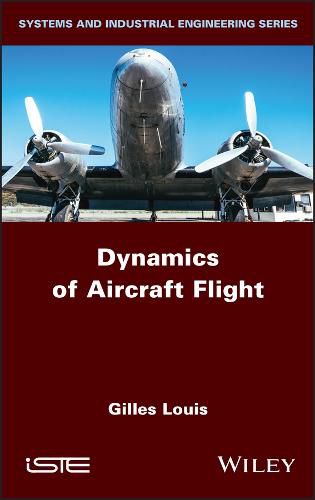Readings Newsletter
Become a Readings Member to make your shopping experience even easier.
Sign in or sign up for free!
You’re not far away from qualifying for FREE standard shipping within Australia
You’ve qualified for FREE standard shipping within Australia
The cart is loading…






Performance calculations can be classified into three main types: lift, thrust and slope. Firstly, since the lift profile is known and unmodifiable from the time an aircraft is designed, the mass at a given speed or the speed at a given mass must be determined. Then, once the thrust of the engines and the mass are known, the slope must be calculated. Finally, once the slope is known (for example, level flight) as well as the mass, it is necessary to deduce the thrust; this is the position of the throttle control lever that ensures balance.
The corresponding consumption must then be defined. Performance specifications for customer aircraft, such as manoeuvrability, fuel consumption, maintenance, safety and testability, have become ever more demanding with each generation of equipment. Major technical advances have been required: wing profiles, engines, materials to reduce mass, etc. This book presents a theoretical approach to flight mechanics that makes it possible to grasp the subject and links it with the empirical approach of manufacturers.
$9.00 standard shipping within Australia
FREE standard shipping within Australia for orders over $100.00
Express & International shipping calculated at checkout
Performance calculations can be classified into three main types: lift, thrust and slope. Firstly, since the lift profile is known and unmodifiable from the time an aircraft is designed, the mass at a given speed or the speed at a given mass must be determined. Then, once the thrust of the engines and the mass are known, the slope must be calculated. Finally, once the slope is known (for example, level flight) as well as the mass, it is necessary to deduce the thrust; this is the position of the throttle control lever that ensures balance.
The corresponding consumption must then be defined. Performance specifications for customer aircraft, such as manoeuvrability, fuel consumption, maintenance, safety and testability, have become ever more demanding with each generation of equipment. Major technical advances have been required: wing profiles, engines, materials to reduce mass, etc. This book presents a theoretical approach to flight mechanics that makes it possible to grasp the subject and links it with the empirical approach of manufacturers.